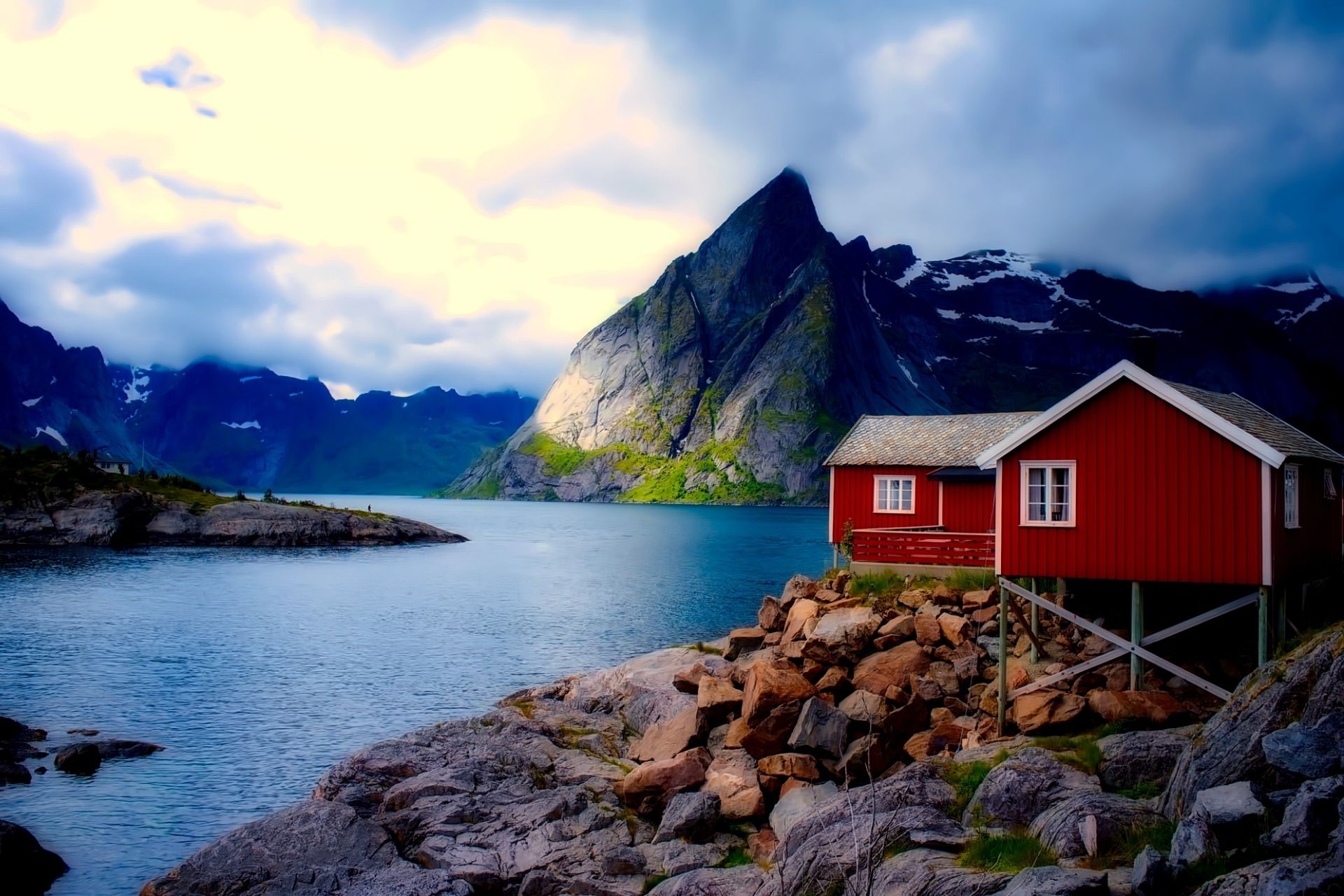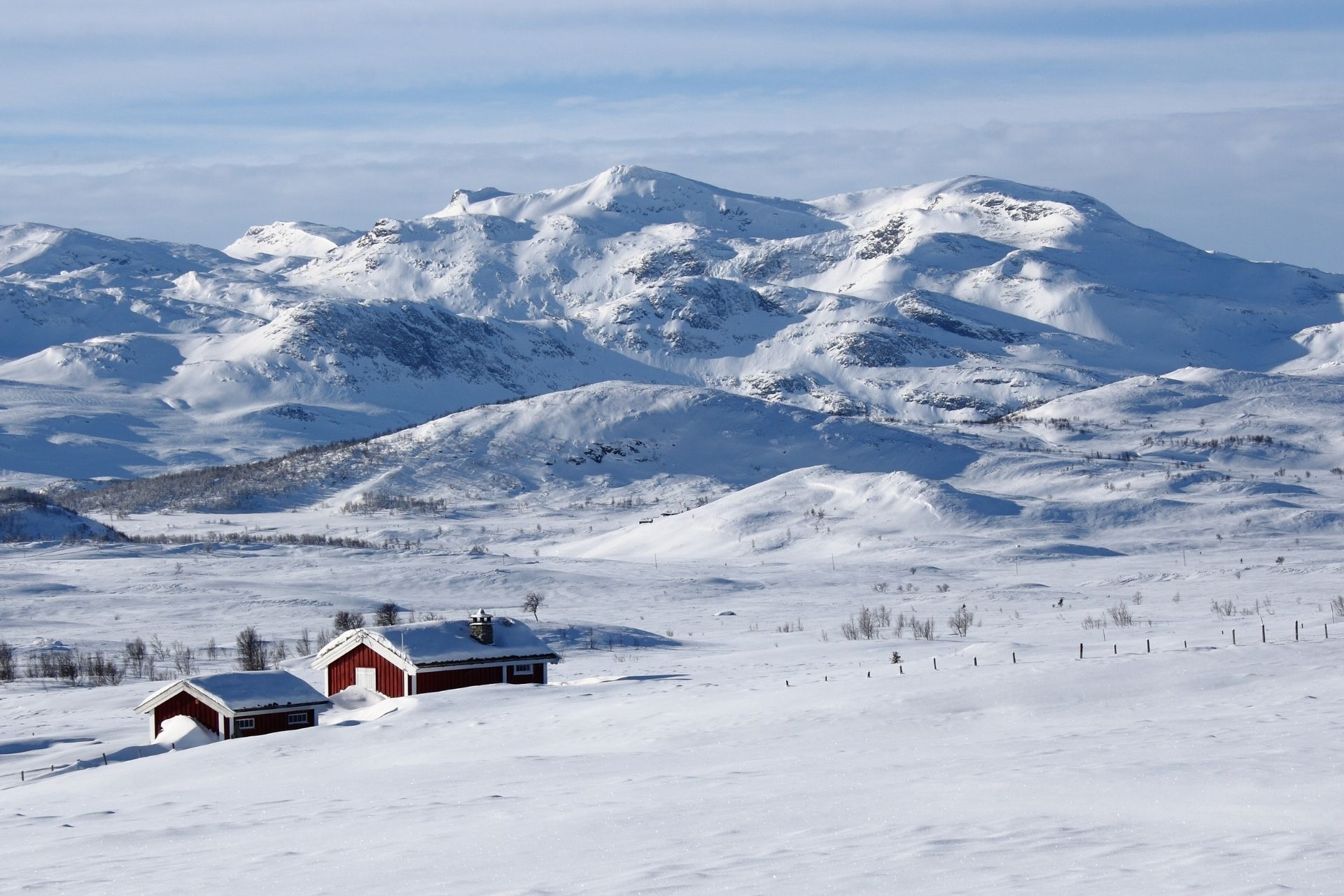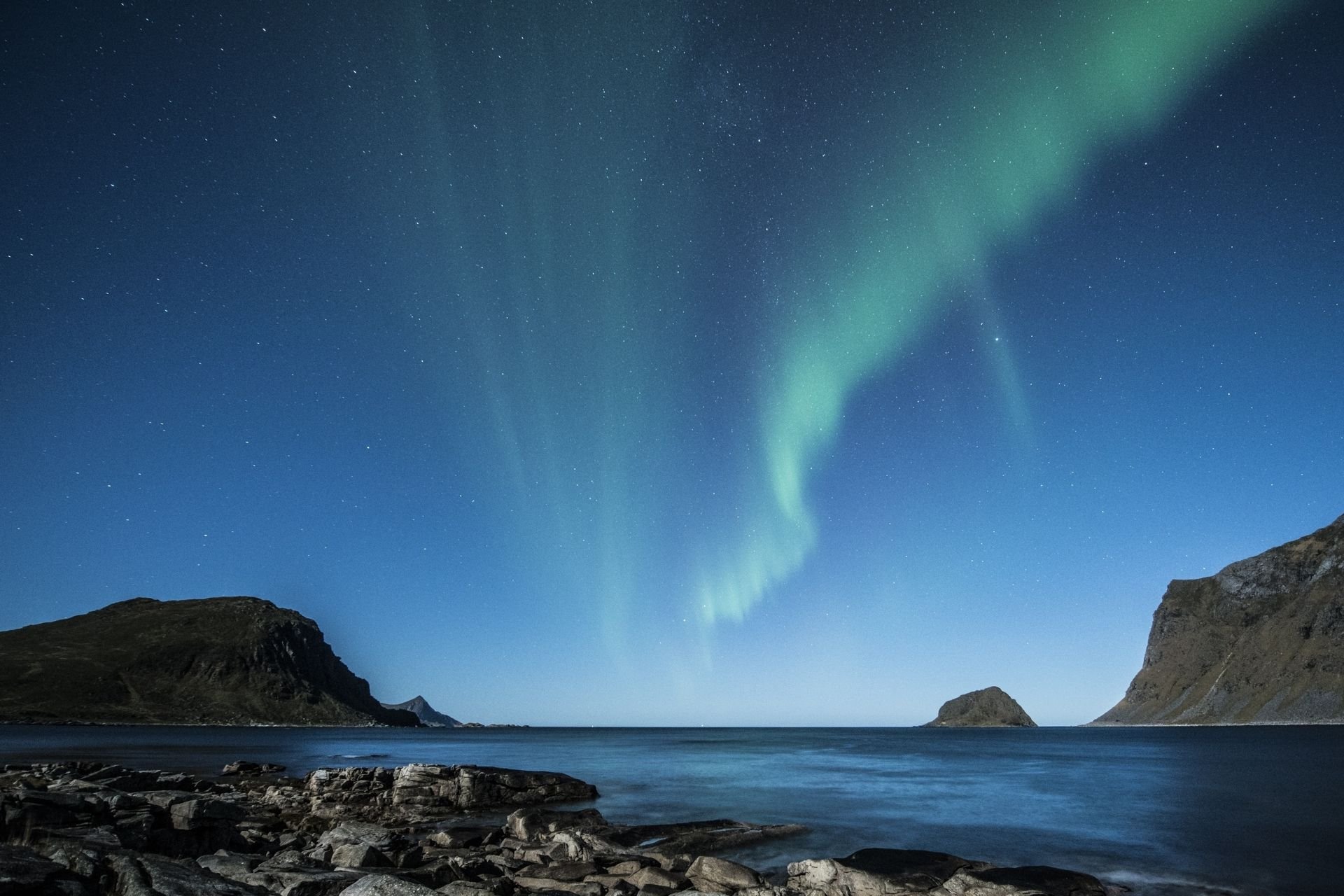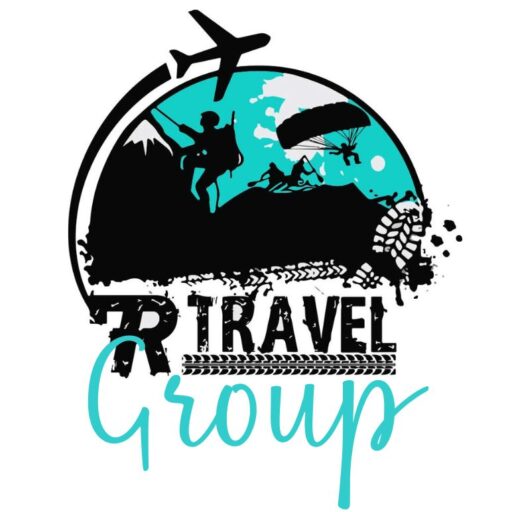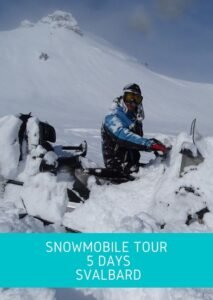Norway
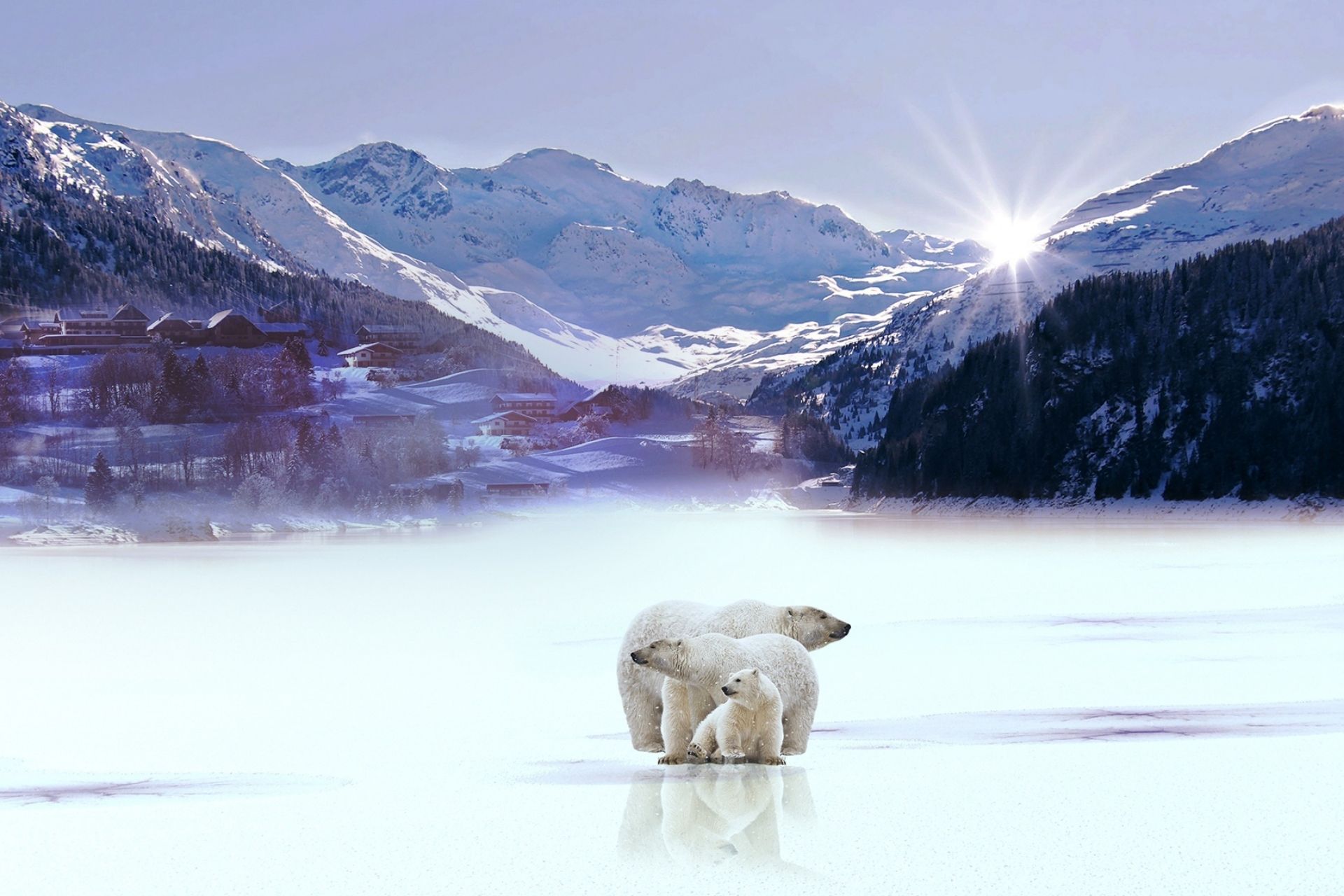
Sports and adventures
Norway is most famous for skiing, but also for many other outdoor sports in Europe.
The love of Norwegians for the outdoors is testified by a typically Norwegian term, friluftsliv, literally “outdoor life “. Friluftsliv activities include a little bit of everything, from extreme skiing to hiking, the important thing is that they take place outdoors. It is really a philosophy, a way of life.
Here we present the sports activities that we believe are a must try.
On the Sport page you will find the technical data sheets of the sporting activities and if you want to receive personalized itineraries that include these activities, contact us. We will prepare an on-site travel program that reflects your wishes and physical preparation.
Canyoning: thousands of years of erosion have created magnificent gorges and ravines just waiting to be explored.
Dødsing: the new extreme sport born in Norway, called “death dive”. It is a unique style of diving where divers jump from 10 meters with legs and arms outstretched just before hitting the water. The person who dares to remain flat wins.
Rafting: Norway has some of the most beautiful rivers in the world for rafting, so that enthusiasts come to Norway from all over the world. Rivers in Norway offer challenges for all levels of difficulty. The most famous destination in the country for rafting is Sjoa. Other popular destinations are Driva in Trøndelag, Auster-Vefsna in Nordland, and Voss, the “adrenaline sports capital”, and Jølstra in fjord Norway.
Diving: thanks to the warm Gulf Stream the water temperature is much higher than you might expect at this latitude, so dive to see rare species of fish, lobster and king crab up close, explore shipwrecks such as the Frankenwald in Gulen, see luminescent sea snails, explore the giant pots lined with colorful anemones.
In Tauterryggen, in the Trondheim fjord, at a depth of 39 meters, there is a cold water coral reef. If you are lucky you can encounter killer whales as you explore the underwater world of Norway.
Mountain biking: Norway is a true paradise for cycling, with its varied landform (high mountains, deep forests and open countryside), an infinity of trails and fantastic bike parks in the ski resorts. The ski lifts will take you and your bike to the top in no time, from where you can choose from many trails. Some of the best MTB destinations are Trysil, Hallingdal, Lyngenfjord and Hafjell.
Climbing: if you like climbing, Norway is a true paradise, where you can experience various specialties such as rock climbing, ice climbing, sport climbing, bouldering (on boulders) and scrambling (off the trails).
From the north to the south of the country you will find guided climbing tours, courses and trails suitable for all levels.
An excellent starting point for many climbing experiences is the city of Åndalsnes, known as the climbing capital.
You can take the Via-Ferrata Tour in Bergen, a rock climbing along the bay where you can experience the peaceful landscape of the fjords and have fun climbing through cargo nets, along a rope bridge and then descending with a zip line.
Or you can hike to a scenic tunnel: descend into a well to a depth of 100 meters (50˚) and then walk through a tunnel to an opening in the mountain wall 800 meters above the ground to admire a view. breathtaking.
Ice climbing: thanks to its conformation in Norway it is easy to find ice walls where you can climb almost all year round.
Hiking: trails for all levels immersed in the wild and unspoiled nature. You can also choose to come when the landscape turns red, yellow and orange in late summer and autumn.
Surf and Wind-surf: many locations in the country offer magnificent surfing conditions and waves that are in no way inferior to those of Bali and Hawaii: from Larvik in the south, via Jæren and Stadtlandet in the west, to Lofoten in the north. Also imagine surfing with 1000 meter high mountains as a backdrop or a snow covered beach.
Sky diving and Paragliding: during the five minutes of free fall and parachute flight you can enjoy the beautiful view of the Oslo fjord and islands.
Indoor SkyDiving: before launching into a real flight, you can do an indoor test to experience what it feels like, but in a controlled environment.
Skiing, snowboarding and snowkiting: imagine the descent on a long snow-covered slope with magnificent views of fjords and mountains wearing only a t-shirt. Yes, because in Norway you can enjoy the magic of winter in the middle of summer at Stryn Summer Ski Center, Galdhøpiggen Summer Ski Center and FONNA Glacier Ski Resort, in Hardanger.
The two ski resorts of Myrkdalen Mountain Resort and Voss Resort, on the other hand, have 70 kilometers of slopes and 20 ski lifts, as well as areas perfect for off-piste.
Norway generally offers numerous slopes of varying difficulty, as well as snow parks where you can have fun on rails and trampolines, as well as guided excursions on the glacier.
Caving: some are like cathedrals inside the mountain, others are long and narrow, in some cases so narrow that you have to crawl or crawl, all are definitely full of charm. In the caves you can find sediments, stalactites and stalagmites, remains of animals and plants, particular microorganisms and traces of early humans, such as Neanderthals. Over time, many have been used for animal breeding or for burials, or as shelters, for example during the Second World War. In other caves, such as Kollhellaren in Lofoten and Solsemshula in Leka in Trøndelag, ancient cave paintings can also be seen.
Bungee jumping: you can do it over a fjord, waterfall or valley.
Zip Line: you just have to choose the landscape you prefer: city, forest, fjord or mountain, and go! Norway’s longest zip line is located in the picturesque village of Flåm. At 1,381 meters, it is also the longest in Scandinavia and reaches a top speed of 100 kilometers per hour.
In Oslo you can try the Kollenvsvevet zip line at the Holmenkollen jump. Find out how those who jump on skis feel from the top of the jump tower.
Dog sledding and snowmobile: try to be a musher and lead your own dogs, for a short hike or a few days’ adventure. Discover the true winter paradise in Røros, or in the fantastic Arctic destinations of Northern Norway, such as Tromsø, Alta and Kirkenes or imagine taking a sleigh ride or a nowmobile ride in the stunning landscape of Svalbard.
No snow? No problem! Even in the summer, you can go out with sleddog on wheels.
Snowshoeing: an expert guide will take you to incredible, breathtaking places, such as Fjord Norway or classic hiking trails in Norway such as Trolltunga, Kjerag, and Preikestolen (the Pulpit).
Kayaking and canoeing: Norway is a true paradise for canoeing and kayaking framed by fairytale landscapes. You can paddle on a lake in the forest, a glacial lake, or a stretch of water in large cities. Or go canoeing under the midnight sun in summer, or in the presence of the Northern Lights in winter.
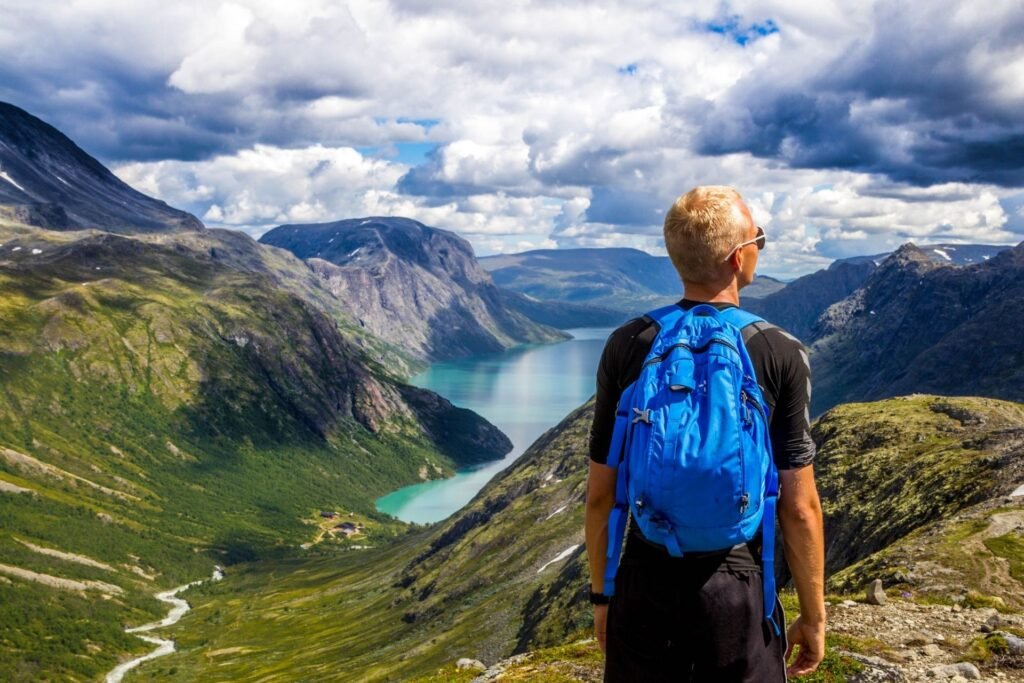
Trekking with fjords view
Experiences
Here are some of the unique and exciting experiences you could live in this destination:
Watching the Northern lights dancing: between late September and late March in northern Norway it gets dark from early afternoon until late morning and it is more frequent that the northern lights appear in the sky. This area of Norway, with its countless islands, deep fjords and rugged mountains, is among the most beautiful and interesting places to see the Northern Lights.
Sunbathing at midnight sun: midnight sun is a natural phenomenon that occurs during the summer around the Arctic Circle, including northern Norway. Svalbard is the place in Norway where the midnight sun occurs for a longer period. Here the sun never sets from April 20 to August 22.
Navigating the fjords: the fjords, in addition to being a UNESCO heritage site, are the typical symbol of Norway’s beauty. They resemble lakes, but of salt water. They are arms of the sea that often creep very deeply into the hinterland, dominated on both sides by majestic mountains. There are over a thousand fjords in Norway all along the coast, but most of the more “instagrammable” ones, such as the Nærøyfjord, the Sognefjord, the Lysefjord and the Geirangerfjord, are located in the Fjord Norway area.
Admiring falls: according to the World Waterfall Database 10 of the top 30 highest waterfalls in the world are in Norway. Many plunge from the mountains into the fjords while others have formed along the rivers, but all form an integral part of the Norwegian landscape. The ideal time to admire them is in May and June, when the ice and snow of the mountains begin to melt and the water flow is at its maximum.
Visit glaciers: massive glaciers like the Jostedalsbreen make you feel small in front of nature and can be as fearsome as they are magnificent. Walking on a glacier in Norway is an unforgettable experience, a real adventure. It was the glaciers of the Ice Age that carved out Norway’s distinctive fjords, valleys and steep mountains. Now there are remnants of these prehistoric glaciers.
Whale whatching: cetaceans arrive along the Norwegian coast every year and show off for tourists and locals alike. In Norway they are spotted along the Vesterålen coast all year round. The most common cetacean to see in the summer is the sperm whale, but with a little luck you may also see pilot whales, minke whales, humpback whales, dolphins and killer whales. Fin whales may also appear in winter. In Svalbard, you may be lucky enough to spot the largest cetacean on earth, the blue whale.
Spotting polar bears: Svalbard is the kingdom of the polar bear.
The best season to see bears on a snowmobile excursion is between March and April. If you prefer instead to observe polar bears from the edge of a boat, cruises depart in July, when most of the ice on the pack ice has melted and the habitat of the bears is considerably reduced.
Dine underwater: in Lindesnes you can dine among the creatures of the sea at Under, the largest underwater restaurant in the world.
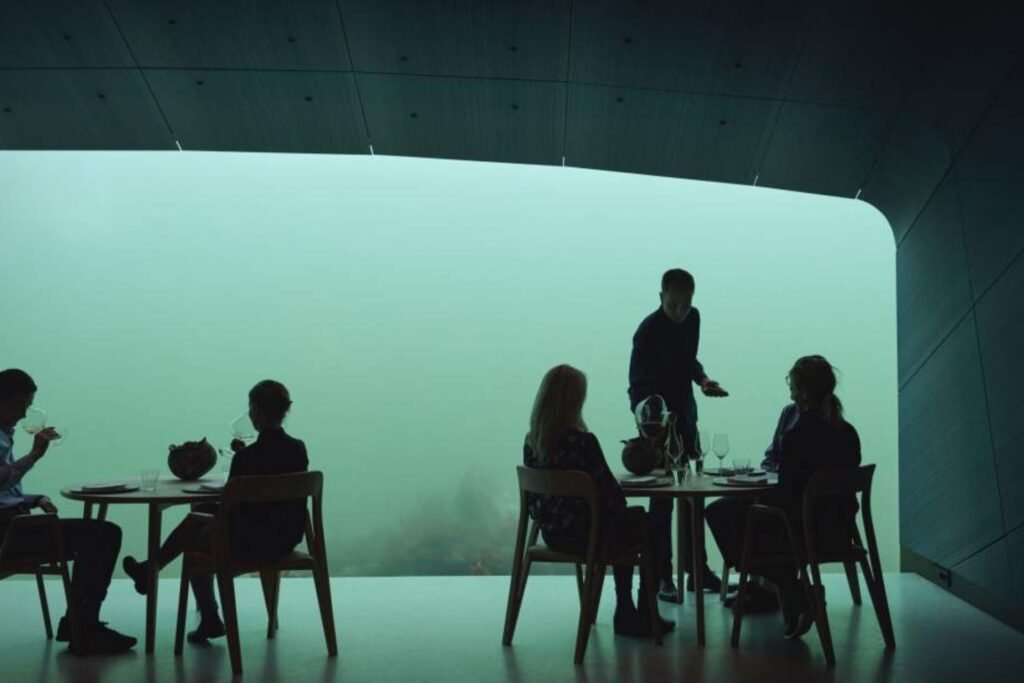
Dine underwater at Under restaurant
What to see
Norway offers wonderful natural locations that are absolutely worth visiting, but also cities. Here you have some:
Oslo: in the capital you can experience excellent food, music and museums, quiet moments in the forest, and a refreshing dip in the fjord, art, architecture, …
In addition, Oslo offers many green experiences, whether you want to swim, kayak or island hopping, relax in a beautiful park or walk, bike or ski in the forest. And when did it happen to you in a big city to find urban farms and a highway reserved for bees?
Bergen: is the capital of the fjords, with houses clinging to the hillsides, narrow cobbled alleys and world-famous attractions, such as the picturesque harbor district with the row of ancient wooden buildings of different colors.
Bryggen, “the Hanseatic port”, a UNESCO World Heritage Site, is the clearest evidence of the times when Bergen was the center of trade between Norway and the rest of Europe.
Today the harbor houses host a museum, shops, galleries and restaurants, and are a very popular landmark for both locals and visitors.
Those who love fish – or let’s say more generally those who love food – have plenty of reasons to appreciate Bergen, which is a UNESCO City of Gastronomy.
Tromsø: the Arctic capital, from September to March welcomes many visitors who come to see the Northern Lights. From the end of May to the end of July, however, the midnight sun makes it possible to participate in various activities 24 hours a day.
Tromsø offers magnificent opportunities for outdoor activities such as fishing, kayaking and whale watching. Among the most famous attractions are the Arctic Cathedral, the Polaria Experience Center, and the Polar Museum.
In addition, Tromsø is known for its vibrant nightlife and choice of restaurants specializing in the freshest Arctic ingredients.
The Stavanger region: beautiful fjords, white beaches and a cliff worthy of a film. In Stavanger and Sandnes you will also find a vibrant cultural scene and innovative restaurants.
In addition to Sola beach, the Preikestolen (the Pulpit) is famous, a viewpoint that rises 604 meters above the Lysefjord, also used as a location for an adrenaline-filled scene in the film “Mission: Impossible – Fallout”. Stavanger is a lively university town. Enjoy excellent cuisine, go shopping for bargains and admire the extraordinary street art before taking a stroll among Europe’s best-preserved wooden houses in the old city area, Gamle Stavanger.
Trondheim: take a stroll through the cobbled streets of Trondheim lined with niche shops, explore famous attractions such as Nidaros Cathedral and the Archbishop’s Palace, and savor local delicacies in the city’s many restaurants.
With around 40,000 students in Trondheim there is always something fun to do. You can listen to live music or shop for bargains at the many niche shops in the city’s charming neighborhoods.
Kristiansand: imagine a town with palm trees along the beach, surrounded by thousands of islands. Yes, you are in Norway!
The perfect way to start exploring Kristiansand is from the old Fiskebrygga fish harbor, which has developed into a lively restaurant area in recent years.
In the city center, called Kvadraturen, you will find more than 400 shops and lots of cozy cafes and restaurants. Remember to look at the festival schedule – hundreds of events take place here every year.
Another must is a boat trip to an old coastal community, such as Ny-Hellesund or Bragdøya.
Back on the mainland, the Blue Flag beach of Bystrandra is recommended, both for a swim in the summer and for a walk in the winter.
Ålesund and Sunnmøre: where mountains and fjords meet the ocean. Ski, hike, admire the city’s art nouveau architecture, explore the fjords or relax and enjoy the views.
The city of Ålesund enjoys a unique location that stretches between several islands in the Atlantic Ocean, and is known for being rebuilt in an art nouveau style in 1904 after a fire that destroyed it. Today the city is the cultural center of the region, boasting numerous festivals, including the theater festival, the one on new Norwegian literature, the Norwegian Food Festival, and music and arts festivals such as the Jugendfest and the Trandal Country Festival.
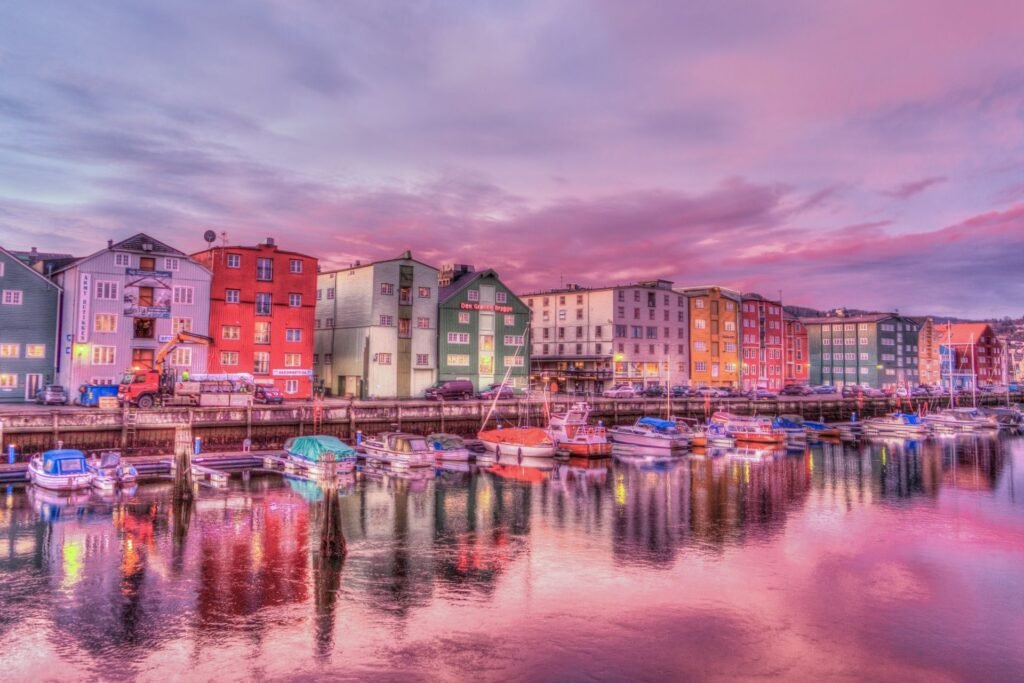
Sunrise at Trondheim
Food and Wine
In recent years there has been a culinary revolution in both Norwegian restaurants and homes, with an increase in the consumption of local and organic products: lambs and goats grazing in suburban meadows along the coast and in the mountains; a cold and largely uncontaminated climate, ideal for growing fruit, berries and vegetables, without the use of pesticides; farms and small farms that produce milk, cheese and beef in healthy environments, virtually free from disease and subject to strict laws regarding animal welfare; and last but certainly not least, the long coast with ancient traditions in seafood.
Among the most typical dishes we find:
tørrfisk, the stockfish: it is not salted but dried in the wind and in the sun on gigantic wooden racks in Lofoten and other parts of northern Norway. You can enjoy it grilled, boiled or baked. In the form of thin dried slices, tørrfisk is a healthy and popular snack.
A variant is the Lutefisk: stockfish treated with water and caustic soda. The taste is better than you might think 😉 It is a typical Christmas dish in Norway, served with bacon and brandy.
Cheeses: Gamalost (looks like bread) or Pultost (looks like risotto) are cheeses made with skimmed curdled milk. Brown cheese, on the other hand, is a real national treasure.
Sheep-based dishes: a dish of the ancient tradition is the Smalahove, that is the sheep’s head and it survives especially in the Norway of the fjords. If you want to raise the level of the challenge, go to one of the places that serve as a side dish … ‘the jewels’ of the sheep. Another very popular and less challenging dish is fårikål lamb stew.
A typical Christmas dish is pinnekjøtt, salted and dried mutton chops.
Norwegian game is truly superb, and all parts of the reindeer are used in the Sami culture, including the heart, which is often served smoked or dried.
Fish dishes: fried cod tongue is considered a delicacy, as is fermented fish, such as Rakfisk, fermented trout and this dish even has its own festival: the annual Norsk Rakfiskfestival. Some fish can be fermented for years, complete with blood and offal.
The gravlaks, on the other hand, is marinated, rather than fermented, salmon and has a more delicate taste.
Another typical dish is fried or smoked cod roe, pickled herring, sursild, sea urchins, cod liver oil, seaweed, and Atlantic redfish brain.
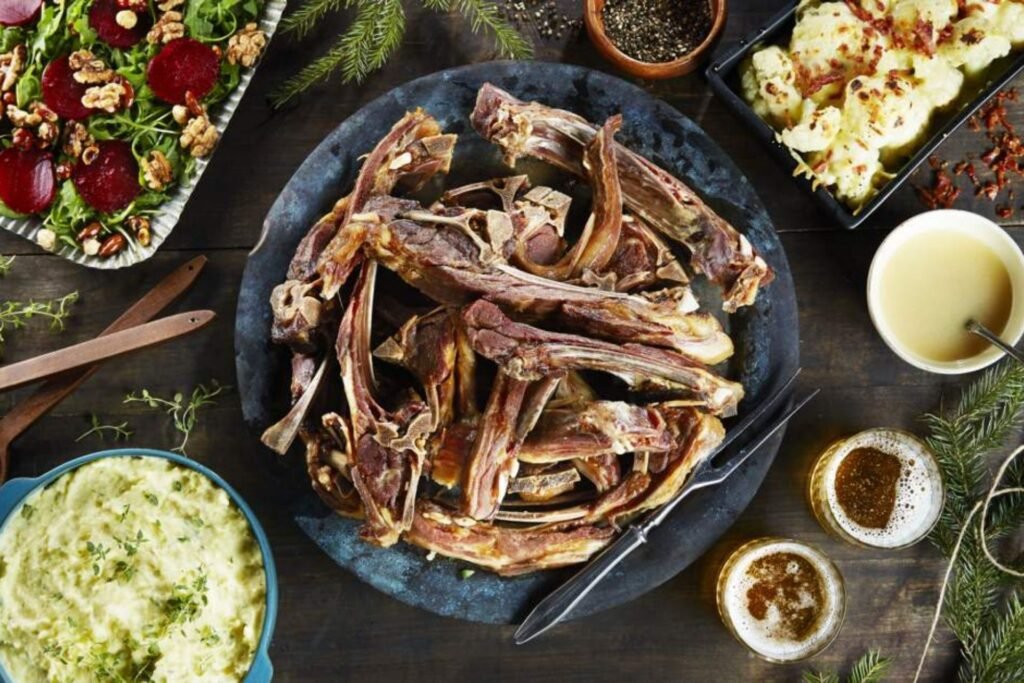
Pinnekjøtt, Christmax traditional food
When to go
What is the best time to visit Norway?
Thanks to the temperate waters of the Gulf Stream, Norway has a much milder climate than other parts of the world at the same latitude as Alaska, Greenland and Siberia. The coldest areas in winter are often inland or in the far north.
The climate in Norway varies greatly from area to area of the country and there can be great variations even within the same region. In general, coastal areas usually have relatively mild winters (however with snowfalls and excellent conditions for skiing in the mountains), while inland areas have cold winters with heavy snowfall and hot, dry summers.
Let’s see season by season:
Spring: in the months of March, April and May the days get longer and the weather is milder throughout the country. The melting snow creates natural waterfalls everywhere, which together with the blooming of flowers – as well as people – make spring in Norway truly extraordinary.
Summer: in the months of June, July and August the days are long and the nights short, or even nonexistent north of the Arctic Circle where the midnight sun reigns. The Norwegian summer climate is often quite stable and temperatures are pleasant both inland and along the coast.
Autumn: in the months of September, October and November, the days get shorter, the air is more crisp, the foods more nutritious and the colors brighter. Autumn is the perfect season for a city break – which in Norway can easily include both a mountain hike and a hot spa.
Winter: winter is made for fun! Even if the days are shorter, you can go skiing or try many other fun outdoor activities. Whales and Northern Lights await you in the Arctic. “Season of the Vikings” also offers you the opportunity to experience the fjords without crowds.
What to pack
Of course, what to pack for a trip to Croatia depends on what activities you will do and, above all, on the period when you go there.
Below we give you just a few indications on what absolutely must not be missing.
We generally recommend practical, sporty and informal clothing.
In this country it is very important to dress in layers in all seasons, to cope with changes in temperature.
In addition, bring at least a warm jacket, a raincoat and / or an umbrella and comfortable shoes in any season.
If you travel in the winter you will need a coat, scarf, gloves and warm shoes or boots.
In autumn and spring, it is recommended that you bring waterproof trousers and boots.
You can travel light in the summer, but remember that evenings and summer nights can be cold, especially in the mountains.
Information
Continent: Europe
Capital: Oslo
Language: Norwegian. Most Norwegians speak good English, especially the younger ones.
Currency: NOK – Kroner – Norwegian krone
Power sockets and voltage: 220 Volt, 50 Hz. Continental European standard Electric Socket.
For up-to-date and detailed information visit www.viaggiaresicuri.it
Some tips
This is an curiosity, more than an advice, about the concept of outdoor, the friluftsliv, which in Norway is a real lifestyle:
Friluftsliv has its own law, Friluftsloven, which includes the right of access.
In Norway there are numerous outdoor kindergartens (friluftsbarnehager), where children spend 80% of their time outdoors.
Many Norwegians are looking for a partner who loves activity and it is not unusual for a hike or a bike ride on the first date.
In Norway, there are some kind of state “libraries” where you can borrow outdoor equipment.
The Norwegian Trekking Association (DNT) has more than 260,000 members. Every year the volunteers work over 550,000 hours to maintain the 550 DNT shelters, mark the paths, organize excursions and so on.
In Norway you can take a bachelor’s degree in friluftsliv.
